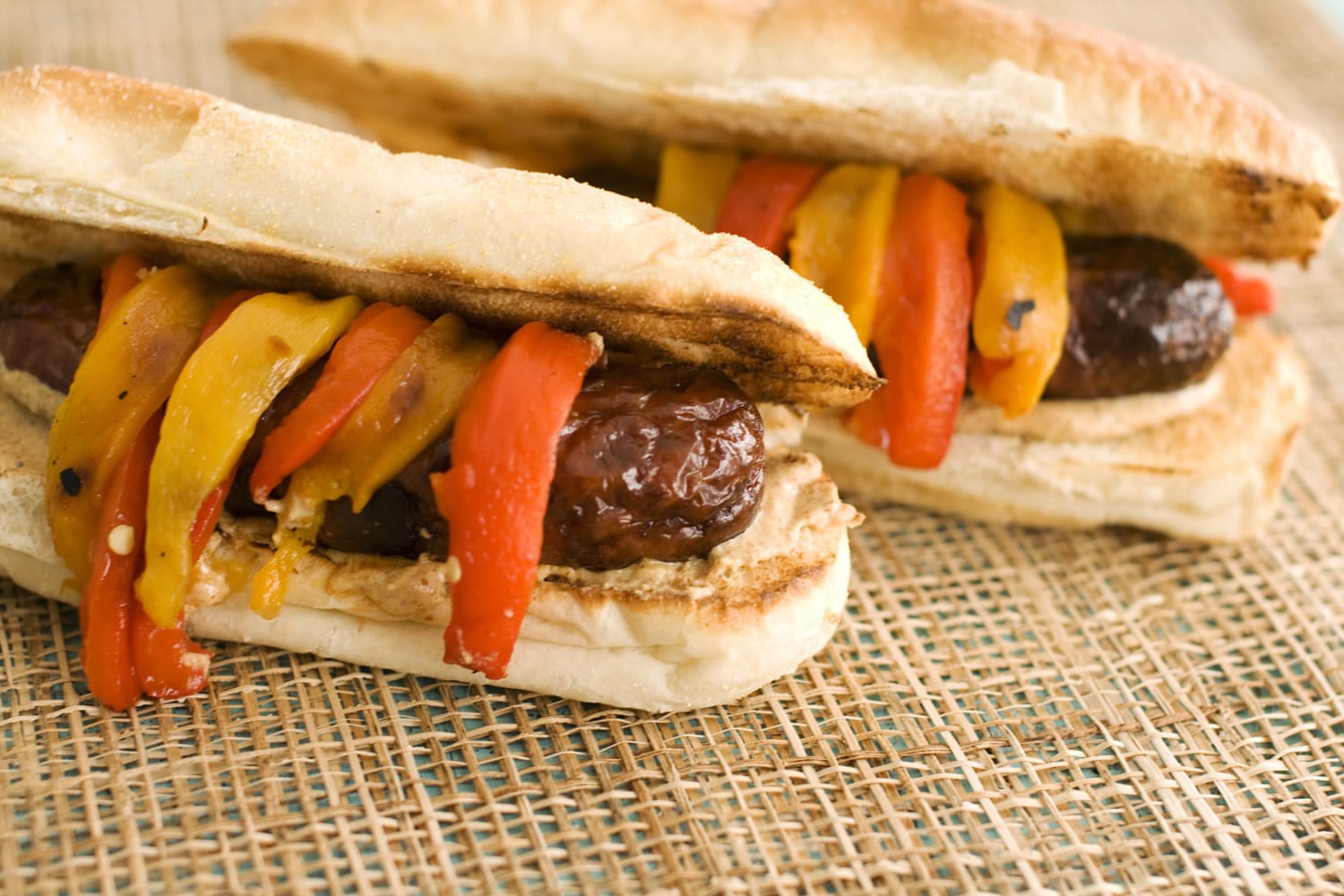Food & Dining
For more recipes and reviews of Clark County restaurants, visit columbian.com/food
Whether you’ve just bought a shiny new grill or pulled an old one out of winter hibernation, step No. 1 before embracing grilling season is to clean and season it.
Grills are like cast-iron skillets; the more you use them, the better they cook. That’s because food cooks on the grill, the fats and juices are instantly vaporized by the heating elements or charcoal briquettes. The vapor creates the smoke that flavors the food with that legendary grilled taste. The smoke that isn’t absorbed by the food accumulates on the inside of the grill, and the grill gets “seasoned.”
So let’s start with cleaning. If you’ve had a grill for a while and use it a lot, you may notice the lid of the grill looks like peeling paint. It isn’t. This is simply the accumulation of layers of smoke. Warm soapy water, a scrub brush and a little elbow grease will take the excess bits of black smoke off the inside of the grill lid with little trouble. And you’ll only need to do this once a year.



